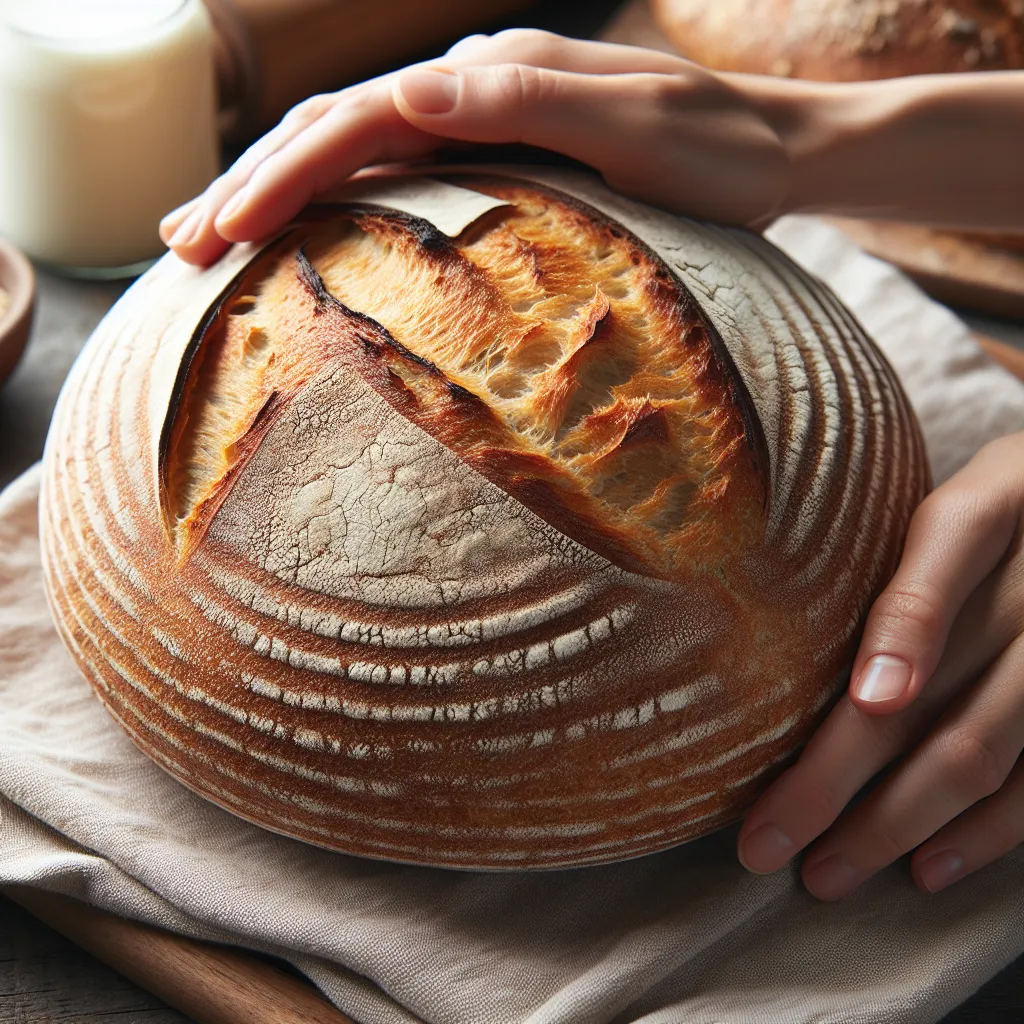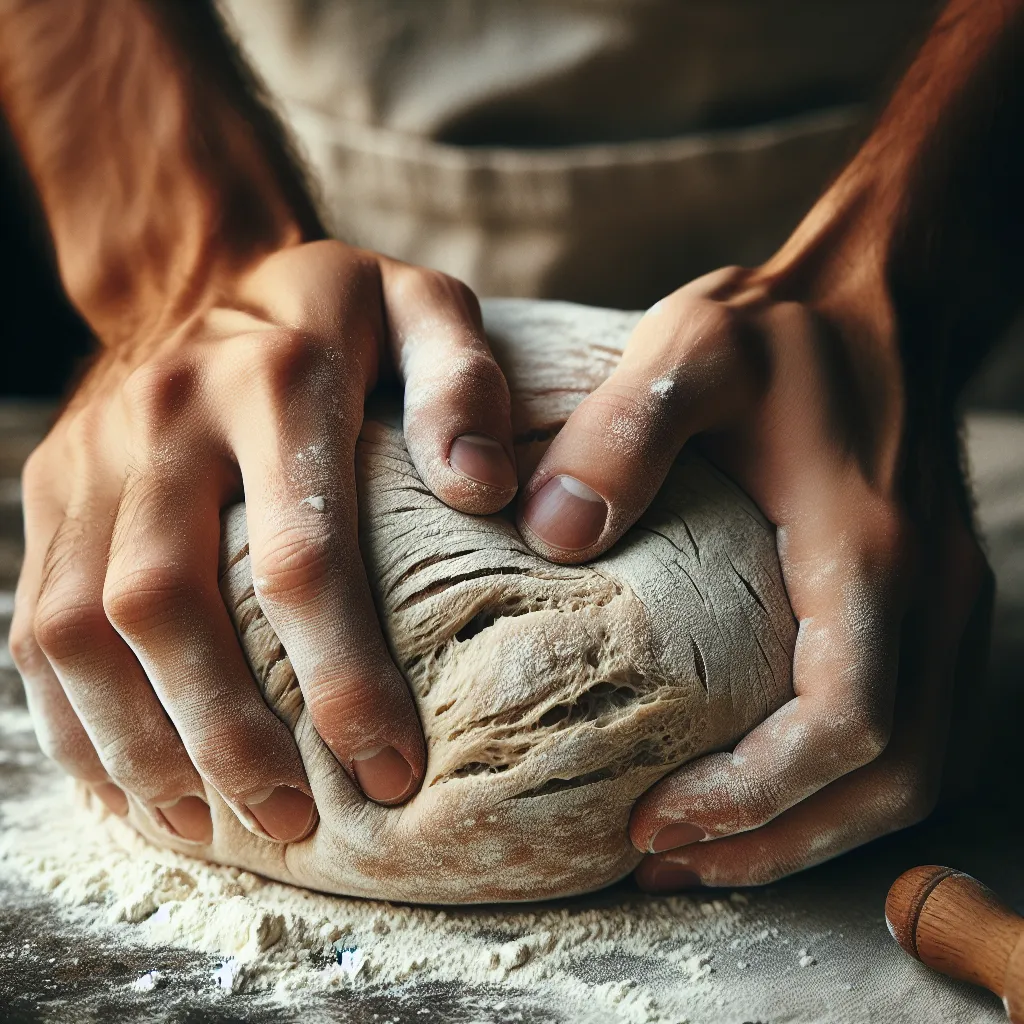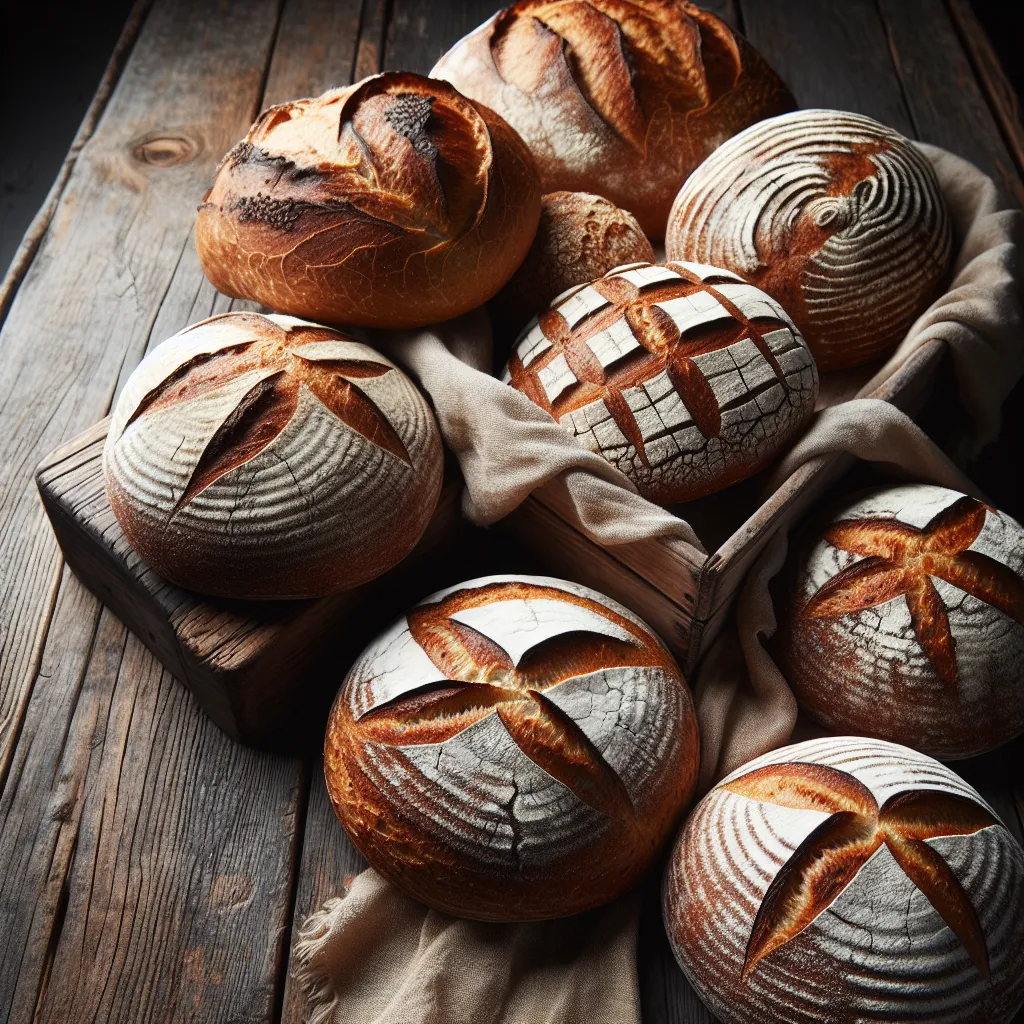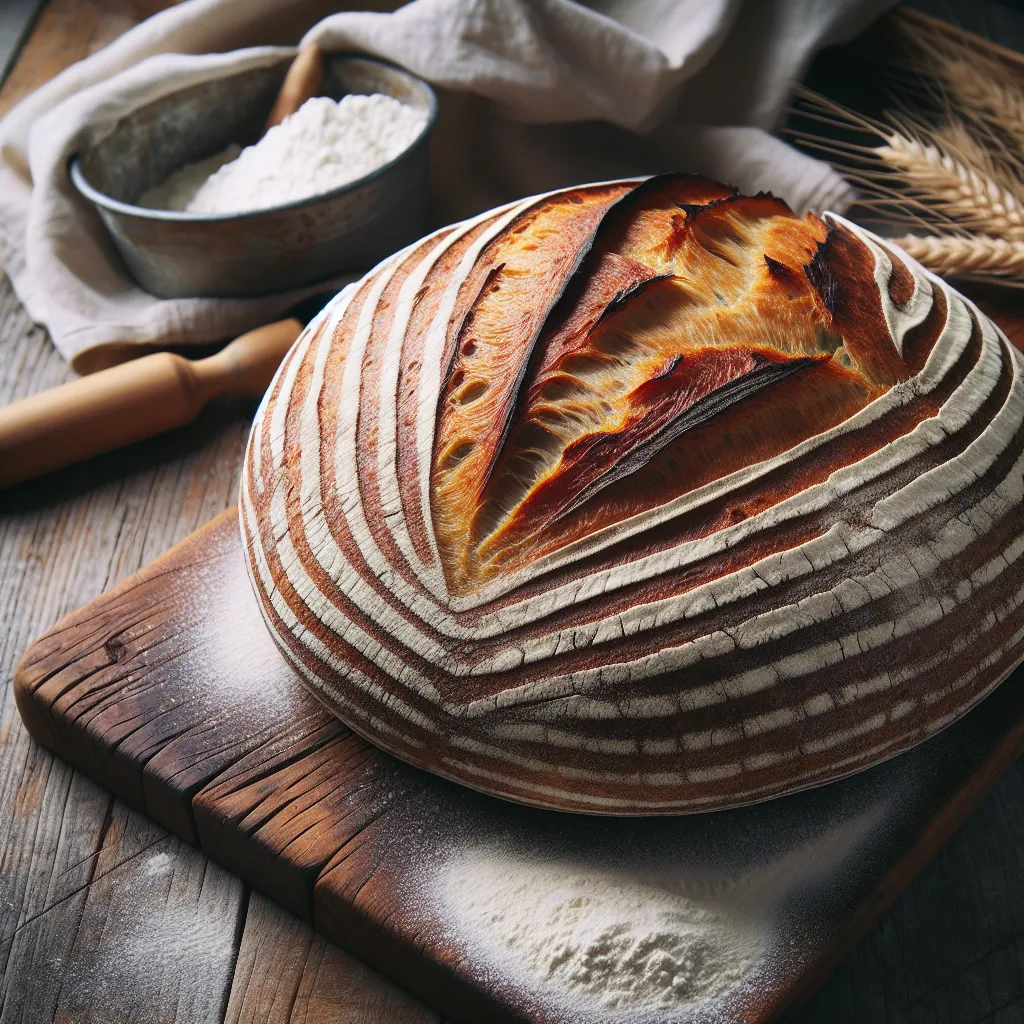The Science Behind Sourdough Fermentation
Mastering the art of sourdough bread making involves delving into the science behind sourdough fermentation. This ancient method of bread making relies on the natural process of fermentation, which is driven by wild yeast and lactic acid bacteria present in the flour and the environment. Understanding the science behind sourdough fermentation is crucial for achieving that perfect loaf.
During the fermentation process, wild yeast and lactic acid bacteria work together to break down the carbohydrates in the flour, producing carbon dioxide gas and organic acids. The carbon dioxide gas creates the airy texture of the bread, while the organic acids contribute to its characteristic tangy flavor.
One key aspect of sourdough fermentation is the role of hydration and temperature. The hydration level of the sourdough starter and dough, as well as the temperature at which they are fermented, significantly impact the activity of the wild yeast and lactic acid bacteria. Balancing these factors is essential for controlling the fermentation process and achieving the desired texture and flavor in the final bread.
Moreover, the type of flour used and the microbiology of the local environment also influence sourdough fermentation. Different flours contain varying levels of natural yeast and bacteria, which can affect the fermentation process. Additionally, the microorganisms present in the baker’s environment can introduce unique flavors and characteristics to the sourdough culture.
In conclusion, mastering the science behind sourdough fermentation is a fundamental aspect of achieving success in sourdough bread making. By understanding the roles of wild yeast, lactic acid bacteria, hydration levels, temperature, and the influence of flour and the environment, bakers can fine-tune their techniques to consistently produce exceptional sourdough bread.
Perfecting Your Sourdough Starter
Mastering the art of sourdough bread making requires perfecting your sourdough starter, which is the key to achieving that delicious tangy flavor and hearty texture. A sourdough starter is essentially a mixture of flour and water that has been fermented to capture wild yeast and lactic acid bacteria from the environment. This living culture is what gives sourdough bread its unique taste and rise, making it an essential element in the bread-making process.
To perfect your sourdough starter, you need to pay attention to the feeding schedule, maintaining the right hydration level, and providing the ideal environment for fermentation. Feeding your starter with equal parts of flour and water at regular intervals helps to keep the wild yeast and bacteria active and healthy. Additionally, using unbleached flour can provide more nutrients for the starter, contributing to better fermentation and flavor development.
Hydration level is crucial in sourdough starter maintenance. A 100% hydration starter, which means equal parts of flour and water by weight, is commonly used and provides a balance between acidity and yeast activity. However, you can adjust the hydration level to achieve the desired texture and flavor in your bread.
Creating the ideal environment for your sourdough starter to thrive includes keeping it at the right temperature and protecting it from contaminants. Maintaining a consistent temperature, ideally between 75-85°F (24-29°C), encourages steady fermentation and prevents the growth of unwanted bacteria. Covering the starter with a breathable cloth or using a loosely fitted lid allows airflow while preventing foreign particles from entering.
Perfecting your sourdough starter is a crucial step in mastering the art of sourdough bread making. By understanding the principles of maintaining a healthy starter, you can elevate the flavor, texture, and rise of your sourdough bread, resulting in artisanal loaves that are truly exceptional.
Achieving the Ideal Crust and Crumb
Mastering the art of sourdough bread making requires attention to detail in every stage of the process, from creating and maintaining the starter to achieving the perfect crust and crumb. Achieving the ideal crust and crumb in sourdough bread is a hallmark of skill and experience in the craft. The crust should be beautifully golden and crisp, while the crumb needs to be airy, with a well-developed structure and a satisfying chewiness.
To achieve the ideal crust, it’s essential to create the right baking environment. This often involves preheating a Dutch oven or baking stone to create steam, which helps the bread expand quickly in the oven and develop a crisp crust. Scoring the bread also plays a crucial role in crust development, allowing it to expand without tearing unevenly. Additionally, baking at a high temperature initially and then lowering the heat promotes caramelization, contributing to a flavorful crust.
Meanwhile, the crumb is a result of careful hydration, fermentation, and gluten development. The hydration level of the dough impacts the crumb structure, influencing the size and distribution of air pockets. Fermentation, on the other hand, contributes to flavor and texture. An adequate fermentation time allows the dough to develop the desired open crumb and complex flavors.
Mastering the ideal crust and crumb in sourdough bread making is a nuanced skill that comes with practice and understanding the interplay of ingredients, techniques, and environmental factors. Ultimately, the perfect sourdough loaf is a harmonious balance of a crispy, flavorful crust and an open, airy crumb.




